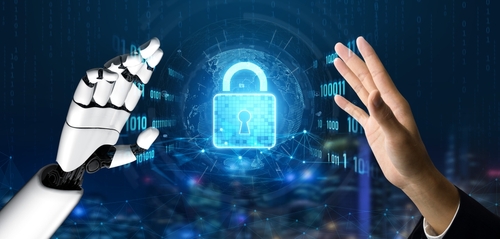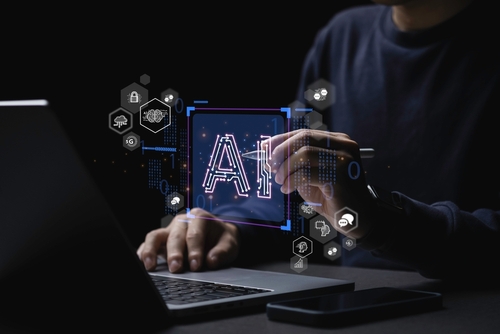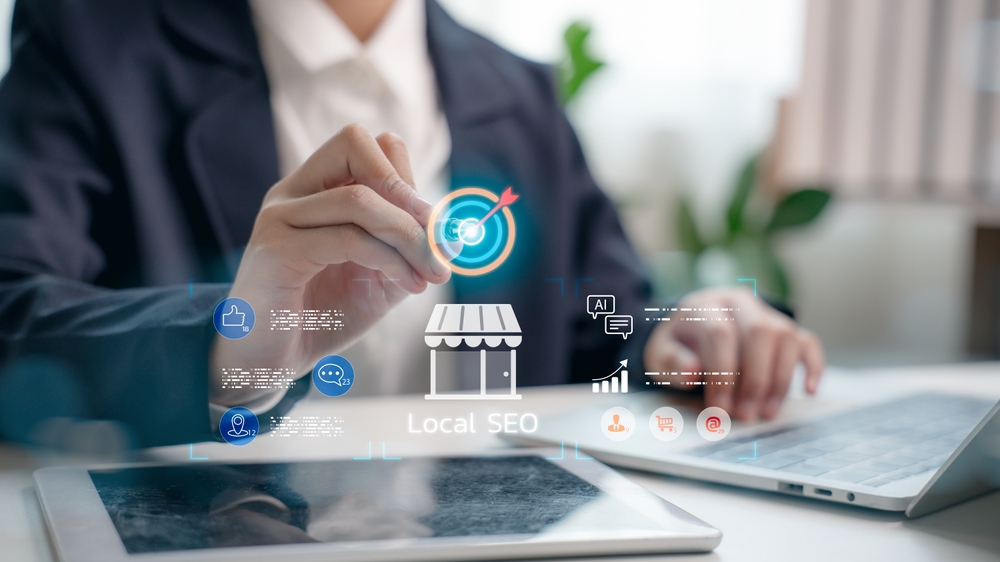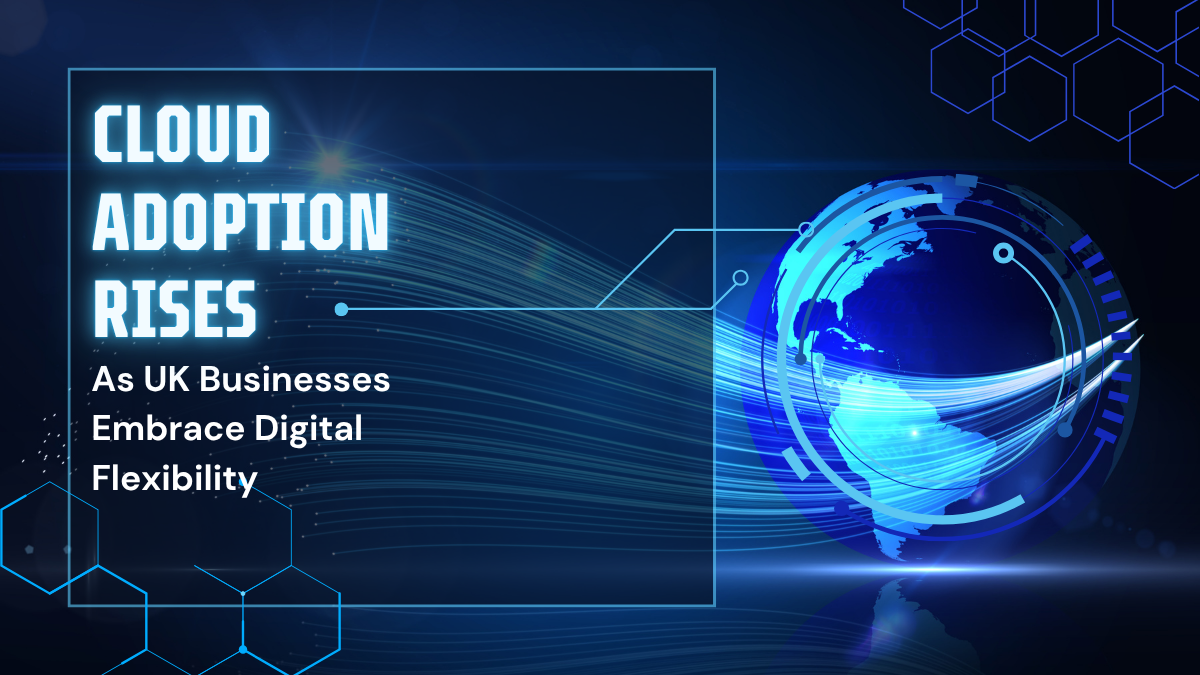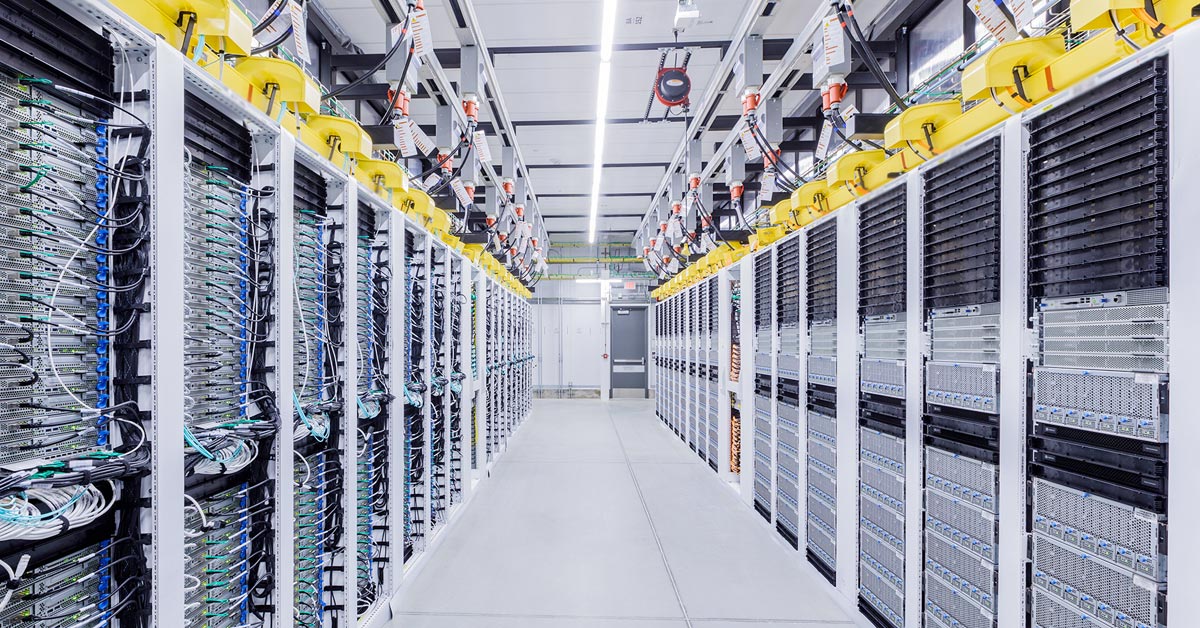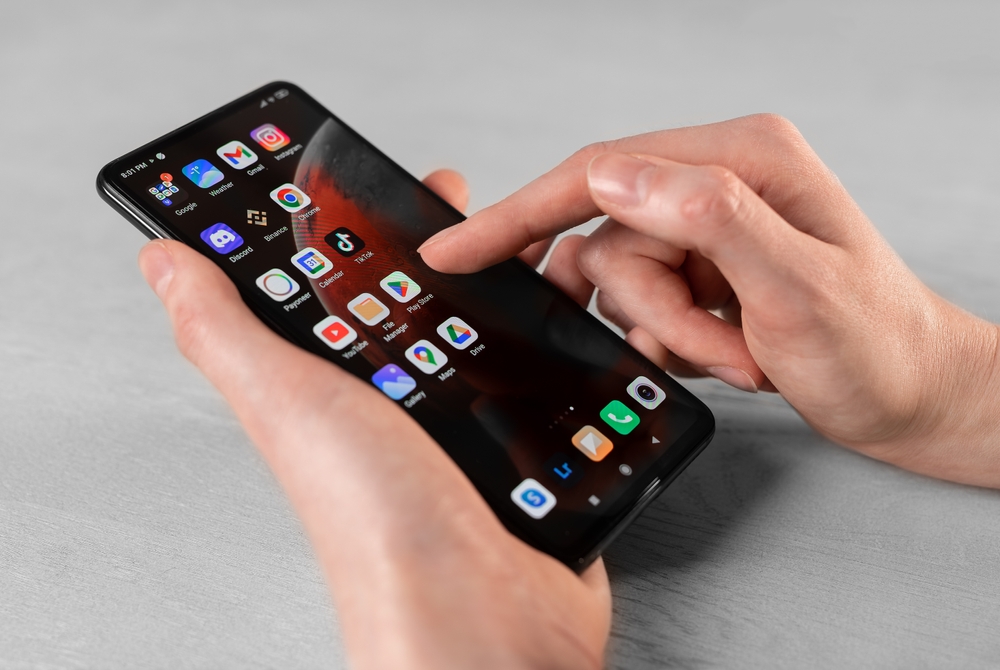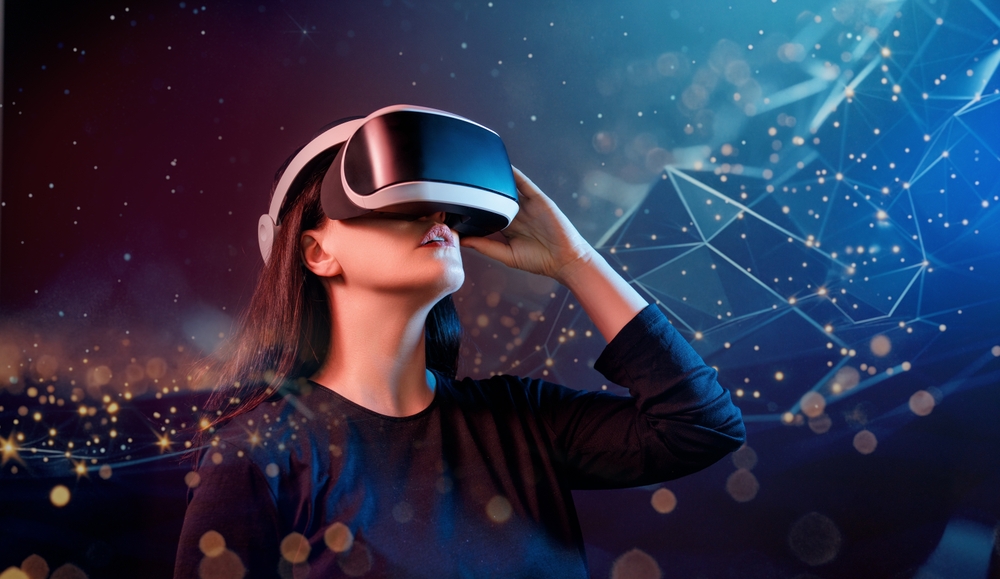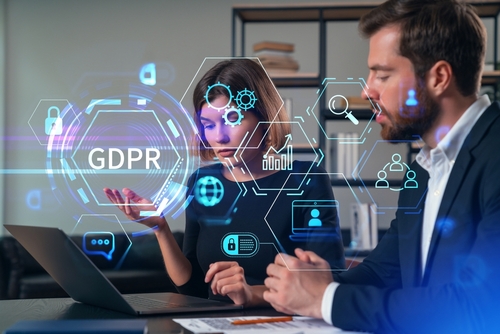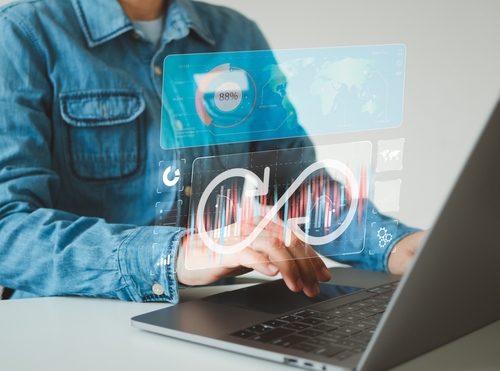The Internet of Things (IoT) is a term used to describe physical everyday objects that are embedded with technology such as sensors, software and processing ability that allows it to communicate with other devices through the internet. IoT is a technology field that has seen rapid growth over the past decade. It is now normal to see everyday objects embedded with IoT, such as fridges, watches, lightbulbs or door locks. What’s more, advancements in internet support and reduced costs for sensors have made IoT more affordable and reliable for business to take advantage of. It’s estimated that in 2022 the number of IoT sensors and devices will surpass 50 billion, so it’s clear that IoT is not a passing trend.
The key drivers behind the rapid growth of the Internet of Things are Cloud infrastructure, Artificial Intelligence and Machine Learning. Firstly, the cloud enables IoT to scale up without limits, with businesses only paying for what is used, while providing the most reliable and secure systems for customers. Secondly, advancements in machine learning have allowed businesses to gather data and insights faster and more easily than ever before, giving IoT more specific and personalised services to consumers. Finally, AI has been essential in forming the natural language processing that is necessary for digital assistants such as Alexa and Siri, which account for much of the ‘smart home’ IoT devices. If you want to find out more about how Cloud, AI or Machine learning could help your business, we’d be happy to chat with you.
So what can IoT be used for? Beyond common uses like digital assistants and smart home appliances, IoT can be found in almost every sector in a variety of applications. In retail, sensors on shelves can detect when stock is running low and provide an alert before stock runs out. Industrial IoT can use machine-to-machine communication to reach new levels of automation and predict when maintenance will be required to prevent downtime. There are countless uses of IoT in ‘smart cities’, like street lights with sensors to help conserve energy or speed signs that can adjust according to traffic and weather conditions. There are great environmental uses too, with IoT being used to control emissions, monitor soil conditions or detect forest fires.
There’s many reasons why companies are using IoT. IoT tech can help companies manage supply chains and monitor factories, increasing productivity and efficiency of their business operations. IoT can open up new revenue streams for businesses and can aid digital transformation. User insights can be fed back into IoT to create more reliable experiences for customers. Smart home devices such as smart locks or connected alarms can provide customers greater safety and peace of mind. One of the key reasons for adopting the Internet of Things is the increased efficiency that can be gained from letting smart tech do the work for you. However IoT is not without risks. Companies need to be sure that they aren’t misusing customer data gathered from smart devices and anything that is connected to the internet has the potential to be compromised by malware. This makes it vital for companies to keep their IoT products updated to protect against risks, which can be costly and requires long term maintenance.
The Internet of Things is an ever growing tech field with great potential for companies that adopt it. Are you interested in leveraging new technology in your business to increase efficiency, save time and cut down on costs? Pulsion Technology are experts in Cloud Migration, Artificial Intelligence and Machine Learning and we’d be happy to have a chat with you to discuss your business needs and how we could help you meet them.
